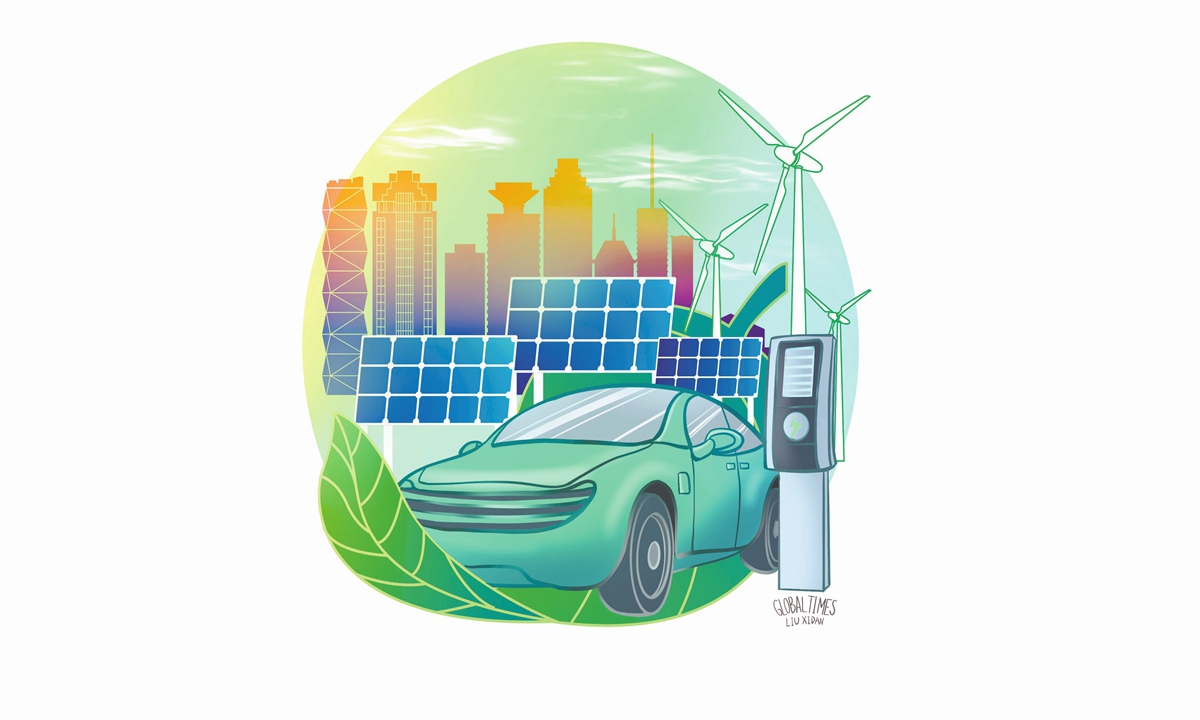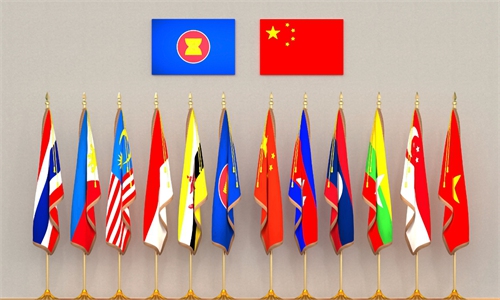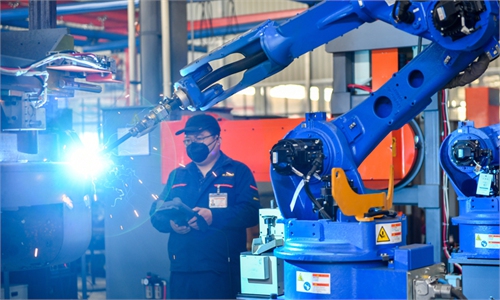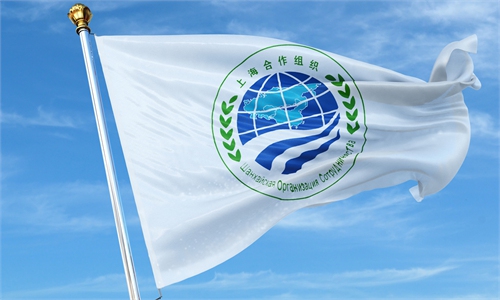What Tata Motors’ purchase of Chinese battery packs reveals: Global Times editorial

Illustration: Liu Xidan/GT
According to several Indian media reports, Tata Motors, which holds over 60 percent of the electric vehicle (EV) market in India, will procure EV battery packs from Chinese manufacturers to address early models' battery performance issues and diversify its supply sources. Previously, Tata Motors only used Chinese batteries in electric buses, relying on its subsidiary for passenger EV batteries. Reports suggest that this shift comes amid challenges in the EV market, including declining sales and intensifying competition. Tata Motors is selling its electric cars at competitive prices to attract more buyers. Another major Indian automaker, Mahindra, has also been reported to use battery cells produced by BYD.
For some time, electric vehicles have been a hot topic in international discussions, and green industries like EVs have become a new focal point of trade tensions. Countries including the US have been exaggerating the so-called overcapacity issue in China, not only imposing unreasonable tariffs on imported Chinese EVs but also hyping up fears that these vehicles will be "dumped" into markets like India due to their tariffs. In the face of China's leading position in the EV sector, perceptions within India are diverse. Some call for learning from China's electric vehicle development path and pursuing pragmatic cooperation with China, while others aspire to replace China as the global center for EV manufacturing. There are also voices, influenced by domestic protectionist sentiments and external narratives, warning against dependency on China for the development of electric vehicles.
The significance of Tata Motors' latest move lies in its demonstration of the current state of global green industry development and the potential for China-India cooperation from an industry perspective. In fact, Tata Motors' decision is entirely understandable from a business logic standpoint. As US automaker Ford recently stated in a press release, "An affordable electric vehicle starts with an affordable battery." Ford, which deeply understands this principle, announced last year its partnership with Chinese battery manufacturer CATL to build an EV battery factory in Michigan. However, due to internal political factors in the US, the project has faced numerous hurdles, and Ford continues to struggle on the path to electrification. Clearly, Tata Motors does not want to repeat Ford's mistakes, especially in the price-sensitive Indian market.
More importantly, in a global context where green industry development risks being politicized, Tata Motors' decision to optimize costs through market-driven rather than politically motivated choices highlights the importance of global cooperation for advancing green industries. Both the Indian government and the business community have high expectations for EV development. India has joined the EV30@30 campaign, aiming to achieve a 30 percent sales share for EVs by 2030. The Indian government has also implemented several measures to boost domestic EV production capacity. However, due to factors such as pricing, current EV sales in India have fallen short of expectations. If issues of cost-effectiveness and competitiveness cannot be addressed through market mechanisms, long-term development may be out of reach. From this perspective, establishing a degree of cooperation with the comparatively mature Chinese EV industry chain and supply chain is the rational choice to accelerate the growth of India's EV industry.
Not only India, but also many Global South countries - including those in Southeast Asia, the Middle East, Africa, and Latin America - have announced decarbonization policies and plan to increase investment in the emerging EV sector. China's cost-effective green manufacturing and technical support have given these regions the courage and strength to embrace modernization. Whether it's the electric buses prevalent on the streets of Latin America and Africa, photovoltaic facilities deep in the deserts of the Middle East, the largest wind power project in Central Asia, or hydropower stations along the Mekong River, China has created a long standing footprint in global green development cooperation. This aligns with the energy transition visions and development goals of these countries, accelerating the world's transition to a sustainable future.
It is important to emphasize that in the face of the EV revolution and the increasingly severe climate crisis, what the world needs is not green barriers but joint efforts to promote green transitions. There is still significant room for the Global South to achieve win-win outcomes and leapfrog development through cooperation. Establishing green barriers or promoting green decoupling at this time will not benefit the Global South. The so-called overcapacity narrative is merely an attempt to use discourse hegemony to delay or even deny many Global South countries the right to achieve green development. For the Global South, the urgent task remains to build capacities through greater openness and active participation in global division of labor and cooperation. In this regard, China is not only a pioneer but also a partner.



